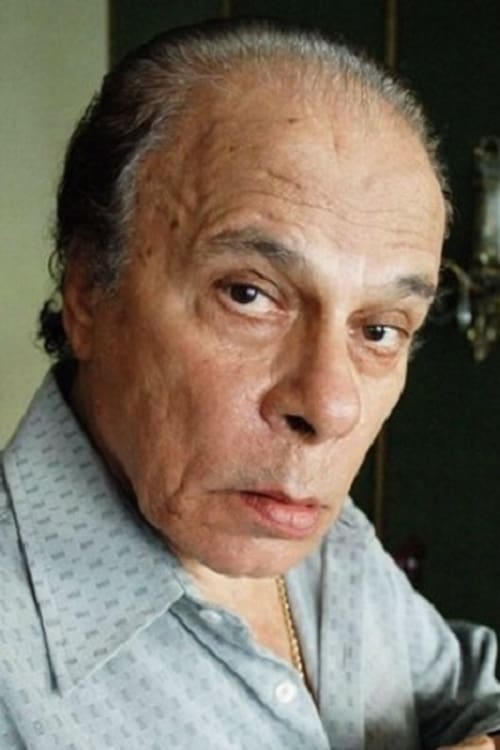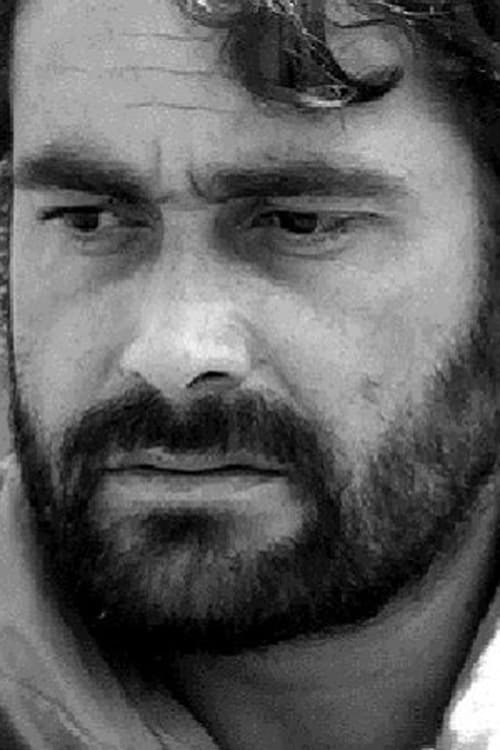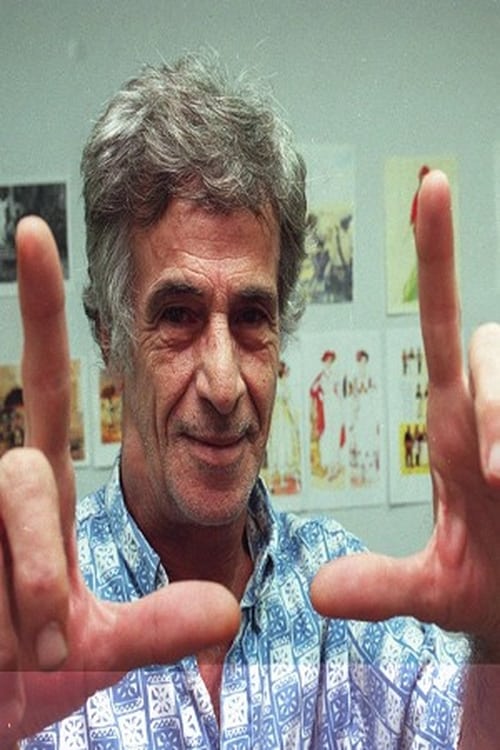The Age of the Earth (1980)
Género : Drama
Tiempo de ejecución : 2H 28M
Director : Glauber Rocha
Sinopsis
Four Third-World Christs try to stop the American industrialist John Brahms in Glauber Rocha's experimental film inspired by Pier Paolo Pasolini's murder.
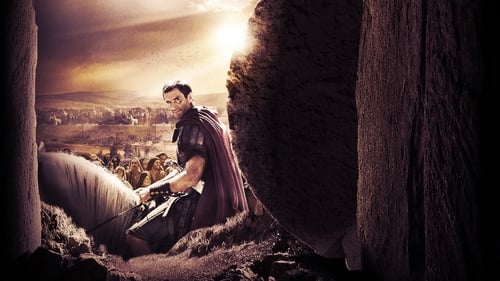
En Jerusalén, un joven centurión romano recibe, por parte de Poncio Pilato, prefecto de Judea, la misión de investigar la misteriosa desaparición del cuerpo de un predicador nazareno crucificado hace tres días, y los crecientes rumores sobre su resurrección.
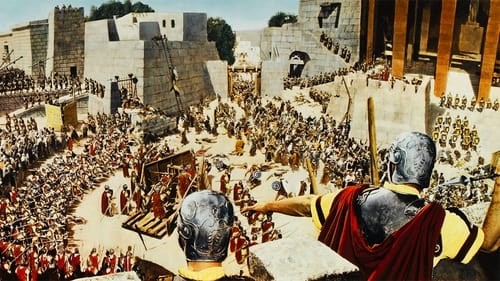
Cuando las legiones de Roma conquistan Palestina, en un establo de un pueblo llamado Belén nace un niño que es adorado por pastores y por tres magos de Oriente que acuden a él guiados por una estrella. Ante el rumor de que ha nacido el Mesías, el rey Herodes ordena asesinar a todos los recién nacidos...

El actor portugués Diogo Morgalo, que ya protagonizó la adaptación televisiva “La Biblia” para History Channel, vuelve a encarnar a Jesucristo en esta biografía que cuenta la historia de Jesús de Nazaret desde su nacimiento hasta su resurrección.
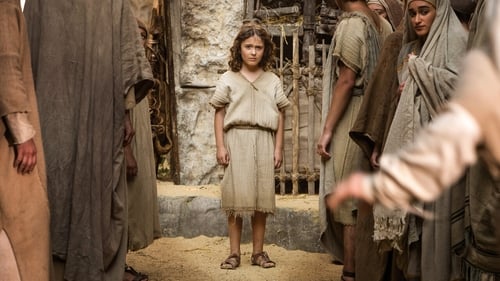
Historia que habla de la figura del líder religioso desde sus comienzos. A los siete años, Jesús vive con su familia en Alejandría, Egipto. Pero rápidamente tienen que huir para evitar la masacre de niños iniciada por Herodes, rey de Israel. Jesús sabe que sus padres, José y María, guardan secretos sobre su nacimiento. Recibe un tratamiento diferente por parte de ellos al que recibirían el resto de los niños. Sus padres, sin embargo, consideran que es demasiado pronto para decirle la verdad de su nacimiento milagroso. Con la muerte del rey deciden regresar a Nazaret sin saber que el heredero al trono es igual que su padre y está decidido a matar a Jesús. Mientras, él se entera de la verdad sobre sus propósitos en la vida.
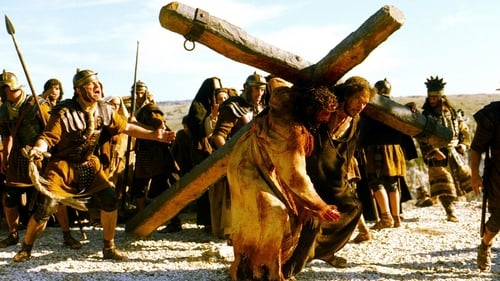
Año 33 de nuestra era. En la provincia romana de Judea, un misterioso carpintero llamado Jesús de Nazareth comienza a anunciar la llegada del "reino de Dios" y se rodea de un grupo de humildes pescadores: los Apóstoles. Durante siglos, el pueblo judío había esperado la llegada del Mesías - personaje providencial que liberaría su sagrada patria e instauraría un nuevo orden basado en la justicia-. Las enseñanzas de Jesús atraen a una gran multitud de seguidores que lo reconocen como el Mesías. Alarmado por la situación, el Sanedrín, con la ayuda de Judas Iscariote, uno de los doce Apóstoles, arresta a Jesús. Acusado de traición a Roma, Cristo es entregado a Poncio Pilato, quien, para evitar un motín, lo condena a a morir en la cruz como un vulgar criminal.

Historia de una joven llamada María y del designio divino que cambió para siempre su vida y la historia de la humanidad. Relata su vida en Nazaret, su compromiso con su esposo José, la visita del Ángel Gabriel, un embarazo milagroso y el arduo camino al que ella y José tuvieron que hacer frente desde Nazaret hasta Belén para dar a luz al hijo de Dios.

Recopilación que incluye seis de los trabajos más experimentales e insólitos del director norteamericano: ficción, animación y drama en seis cortometrajes que ya anticipan el espíritu transgresor, las atmósferas oníricas y extrañas del visionario creador David Lynch. Los cortos incluidos son: Six Figures Getting Sick, The Alphabet, The Grandmother, The Amputee, The Cowboy and The Frenchman, Premonitions Following an Evil Deed.

El Evangelio según San Juan es una película épica que narra la vida de Jesús. La película es una adaptación de la palabra de la American Bible Society 's Buena Nueva Biblia . Este largometraje épico de tres horas sigue el Evangelio de Juan con precisión, sin adiciones a la historia de los otros Evangelios ni omisiones de los complejos pasajes del Evangelio.
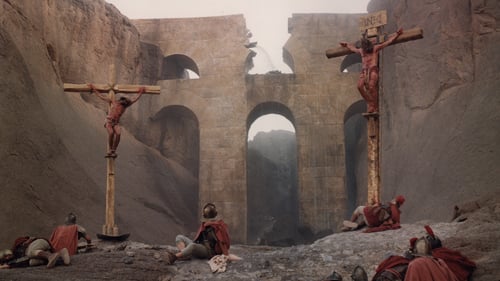
Vida obra y muerte de Jesus de Nazareth. Jesús, hijo de José y María, trabaja como carpintero recorriendo las tierras de Galilea. Desde bien pequeño, descubre que es hijo de Dios y que ha venido a la Tierra para redimir al hombre de todos sus pecados. El pueblo de Israel, dominado por Roma, intenta ver en él un libertador que expulse al Gobernador Poncio Pilatos, un hombre que desde su llegada muestra un insultante menosprecio por el pueblo judío.
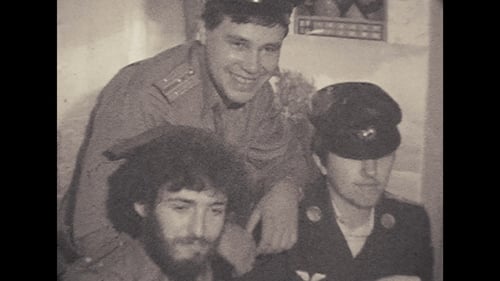
Mockumentary experimental film, which shows one day in the life of a young man. The action takes place on the Day of Soviet Cosmonautics, April 12, one of the last years of the USSR. Outside the window, it is gradually getting warmer, the onset of spring is felt, promising hope for the possibility of changes in the country. The hero of the film is fond of space. The young man, who idolizes Gagarin, is engaged in reconstruction, making the uniform in which the cosmonaut walked in the prime of his glory. Our hero is also a film enthusiast. He makes films with stories of space flights and shows them to his friends. The film is stylized as amateur films of the 1980s and was shot on a 16-mm color film made by the company" Svema", made in the Soviet Union. The quality of this film allows the viewer to fully immerse themselves in the atmosphere of the time of the film, which is dedicated to Soviet cosmonautics and Edward D. Wood Jr.
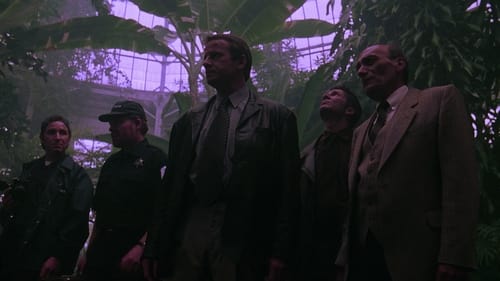
El detective John Proudhomme, recientemente trasladado a Chicago, y su compañero descubre un espeluznante crimen. La víctima yace inmersa en un charco de sangre, con el brazo amputado y un mensaje escrito con sangre en la ventana que dice "ya viene...". Los dos policía sospechan que éste es sólo el principio de una serie de horribles asesinatos, todos ellos con un mismo ritual: amputar una parte del cuerpo. El objetivo del asesino es el de reconstruir el cuerpo de Cristo para el Domingo de Resurrección.
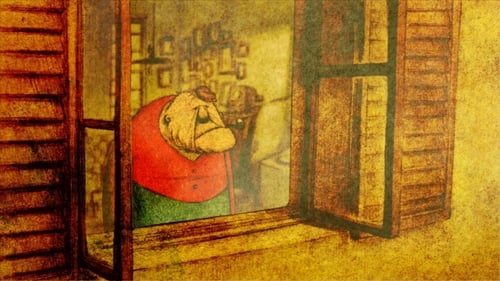
Un anciano vive en una ciudad casi inundada; así que continuamente debe construir una planta más sobre su apartamento debido al incesante crecimiento del nivel del agua. Al realizar la última mudanza, se le cae su preciada pipa y decide bajar a rescatarla. Cuando logra recuperarla, inicia un viaje retrospectivo a través de los mejores momentos de su vida.

Glimpses and sparkles of light lead us onto the dreamy path of a timeless place, immersed within ancient nature. There, the ancestors move beyond the darkness, seeking to create another (im)possible world.
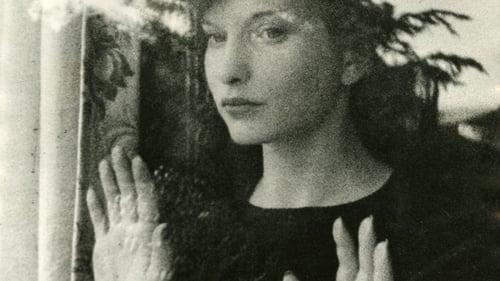
Una mujer (interpretada por la propia Maya Deren) explora sus propias imágenes interiores, a través de un sueño, donde los objetos ordinarios de su vida diaria consiguen un misterio sobrecogedor. Deren (1917-1961) explicó que quería "plasmar en la película la sensación que experimenta un ser humano sobre un incidente, más que grabar el incidente con precisión". Codirigido con su marido, el director de fotografía Alexander Hammid, "Meshes of the Afternoon", a través de sus múltiples lecturas y reinterpretaciones, pronto se erigió como uno de los films experimentales más importantes de todos los tiempos, y convirtió a Maya Deren en la voz preeminente del "avant-garde cinema" de los Estados Unidos en los años 40 y 50, influyendo en directores como Jean Cocteau, Luis Buñuel o David Lynch. El film lo adquirió el MoMA -The Museum of Modern Art- de Nueva York.
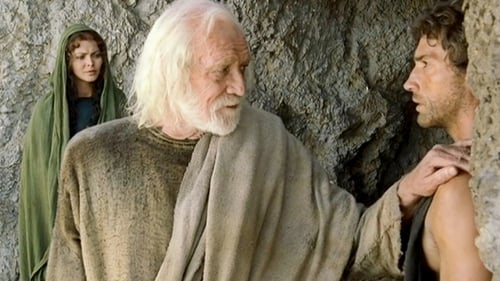
Año 90 d.C. Imperio Romano. El emperador Domiciano, como los demás emperadores, exige ser adorado como un dios, pero los cristianos se niegan a reconocer su carácter divino. (FILMAFFINITY)
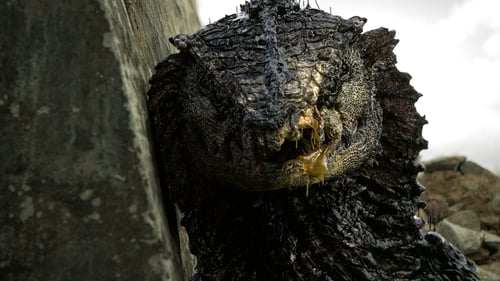
"Rakka" es la historia de la humanidad después de la invasión de una especie alienígena tecnológicamente superior. Desolados desgarradores e implacables, los humanos deben encontrar suficiente valor para seguir luchando.
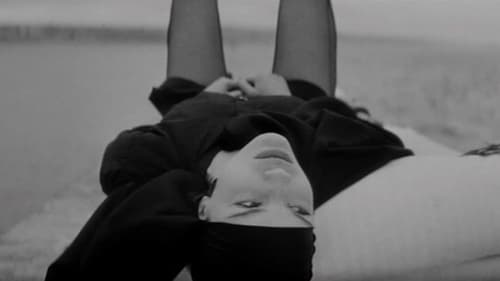
La Virgen María da a luz a un Jesús ya adulto que desde el primer momento se encuentra a disgusto en la Tierra y clama al cielo tratando de que su Padre atienda sus quejas. A lomos de un burro, Jesús emprende sin ninguna convicción su camino para, con la ayuda de un megáfono, tratar de difundir su mensaje en un mundo permanentemente hostil que no quiere escucharle.

Investigating autumn, temporal alterations, and their effect on movement
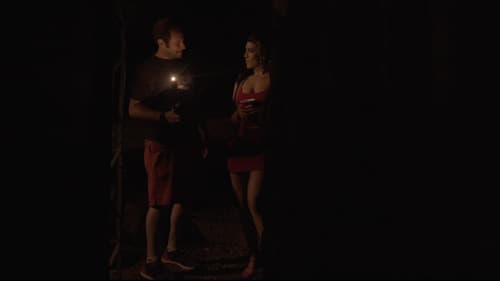
A costume designer is sent to the Catskills for an interactive theatre piece set in the 1920s. When she arrives things seem dark, strange and off. She soon realizes she is part of a student film.

A film diary in which Perlov films the minutiae of his and his family's day-to-day life. From these small bits, he builds up a broad picture of life in Israel in the '70s and '80s.
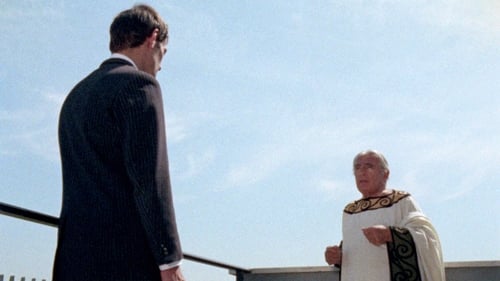
Set in contemporary Rome, the film shows through a series of encounters with “ancient” Romans, how the economic and political manipulation by ancient Roman society led to Caesar’s dictatorship. - British Film Institute

Dutch documentary filmmaker Joris Ivens follows the course of the famous wind as it originates in the Alps and finds its way to the Mediterranean Sea. Natural sounds and creative camera work provide a mood film showing the effect of the fury of the wind on the life of southern France.

Un artesano construye una armónica de cristal, cuyo sonido extrae los sentimientos más bellos de los hombres. Viaja a una ciudad donde la gente está obsesionada con el dinero, pero un burócrata rompe la armónica de cristal, lo que conduce al caos y, finalmente, a la reforma social. (FILMAFFINITY)
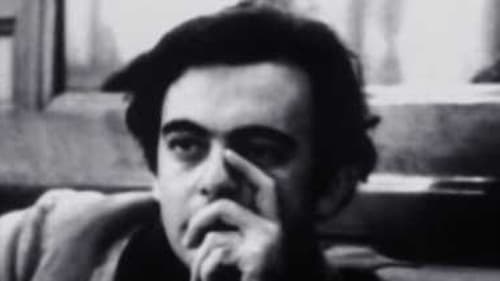
Documentary about Brazilian filmmaker Glauber Rocha, one of the most important names in the Cinema Novo, with interviews with some of his friends and colleagues.

On 17 May 1931, the young director Mário Peixoto released his masterpiece "Limite" in a premiere in Capitólio Theater in Rio de Janeiro to astonished audiences bewildered by the impressive and poetic images. Considered by many viewers the best Brazilian movie ever made, this feature has never been released commercially. However, in a great paradox, Mário Peixoto has never made any other movie. The director Sérgio Machado pays a great tribute to the life and work Mário Peixoto a.k.a. Maçarico by his close friends with this documentary, using his diary; footages of "Limite", the never concluded "Onde a Terra Acaba" (1933) and the short "O Homem do Morcego" (1980); and interesting testimonies of Olga Breno, Ruy Solberg, Nelson Pereira dos Santos and Walter Salles among others.

A parable centering on an old man who lives a secluded life in the desert, alone with only his memories and photographs. His wellspring, once a source of joy and hope for thirsty passersby, is now rarely used. No longer able to find comfort in his memories, he turns all his photographs to face the walls.

In Celestial Subway Lines/Salvaging Noise its story is told by director Ken Jacobs but without the conventional storyline. Using a modified magic lantern, an early type of image projector developed in the 17th century, he morphs, flickering images that look like photo-negatives.

Basada en un hecho real acontecido en el barrio Carraízo de Carolina, Puerto Rico. Resalta la importancia de la alfabetización y el esfuerzo de un grupo de vecinos por crear una escuela nocturna para los obreros agrícolas. Diploma de mérito en el Festival Cinematográfico de Venecia y Mención Especial en el Festival de Edimburgo.
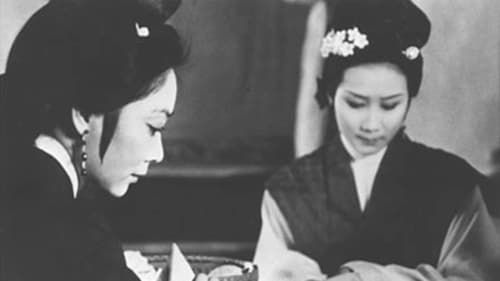
A widow upholds feudal virtue by suppressing her love for a cavalry captain in favor of her daughter.

One of Klahr's masterpieces, Altair is an 8 minute collage color -noir culled from late-40s pages of Cosmopolitan, which induces a sense of claustrophobia and dread through its use of Stravinsky's The Firebird.
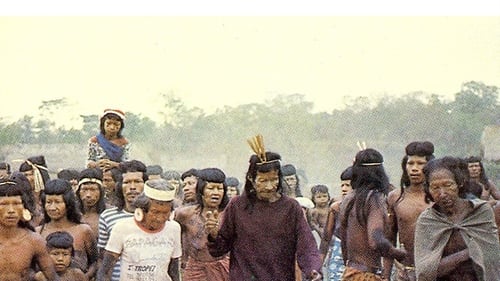
Tras sobrevivir a una masacre que exterminó a su poblado, Carapirú, un indio Awa Guajá, huye y pasa diez años deambulando por las regiones más aisladas de Brasil. En noviembre de 1988, a 2.000 kilómetros de la selva de la que tuvo que escapar, un antropólogo experto en el mundo indígena lo descubre y lo arrastra a Brasilia, donde Carapirú se convierte en un fenómeno mediático. Disolviendo los límites entre realidad y ficción, y con un sentido del humor y una libertad cercana al libertinaje formal, Serras da desordem reconstruye el viaje inicial de Carapirú, y retrata a través de su historia la tragedia de una cultura violada en aras de un progreso inventado y brutal.

An expedition leaves Ushuaia for the Antarctic circle. Pierre Huyghe, along with six other artists, is brought aboard Jean-Louis Etienne's boat in search of an uncharted island inhabited by a strange creature. Imprisoned by ice floats, they come across an albino penguin that they capture with their recording station. Six months later, on the Wollman Ice Rink in New York's Central Park -- another sea of ice -- Joshua Cody conducts his orchestral score inspired by the expedition's topographical records.

Sister Ye lives in a rural village, where everyone makes traditional toys. When Sister Ye's husband dies of an unknown illness, and while Ye is attending to him, her son is kidnapped and sold to a wealthy lady in the city of Shanghai. Shortly after, the village is destroyed during an attack between rival warlords, forcing the villagers move to the city, where they continue to make toys. Ten years pass, and Ye's daughter Zhu'er has become a toy designer. While helping the Nationalist army at the rear, Zhu'er is killed in an attack by the Japanese. On New Year's Eve, Sister Ye is dressed in rags, sitting on the curb, selling toys. A young boy buys toys from her, and it is none other than her son, whom she does not recognize.

Life is short and full of oppression, but that doesn't mean Parasha can't find love and laughter when she leaves her country home to take a job as a maid in the overcrowded, overworked, and underpaid world in the big city.

A man kills his wife on their wedding night, after discovering she had been unfaithful. After being acquitted, he moves to the country, where he becomes part of a love triangle.

Little Stabs at Happiness is a collection of silent shorts Jacobs shot from the period of 1959-1963. Jaunty tunes (and a somber reflection) accompany the footage.

The footloose ennui of Poland’s postwar generation is captured to perfection in this jazzy chronicle of a draft-dodger’s final day of freedom. A slacker before there was a word for it, Andrzej (played by Skolimowski himself) drifts through a series of open-ended encounters with women following a wake-up argument with his pouting wife, and a long-delayed military physical (the film’s title derives from one of the questions). Skolimowski hoarded four years’ worth of the annual film footage allotment from his Lódz film school in order to create this first feature marked by compositional bravado and a trademark air of the absurd. -Barbara Scharres, Gene Siskel Film Center
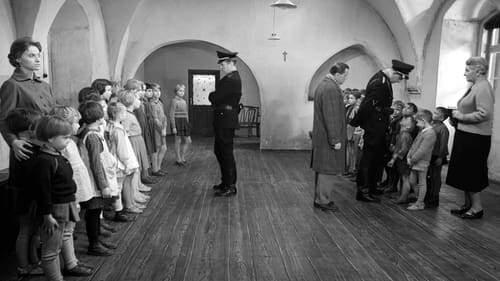
Three separate stories depicting the tense everyday life during occupation, as seen through the eyes of children. In “On the Road,” the two main protagonists are lost in the September’s strife: a young boy, and a soldier transporting the valueless documents of his broken unit. In “Letter from the Concentration Camp” the story’s protagonists are young boys who help their mother during the hardships of the occupation. Their treasure is an officer uniform belonging their father who is being held in a prisoner of war camp. In “Blood Drop,” the Germans find a set of typical Aryan characteristics in this story’s protagonist – a Jewish girl, hiding in an orphanage.

A documentary of an expedition to Churchill, Manitoba to film the Northern Lights.



